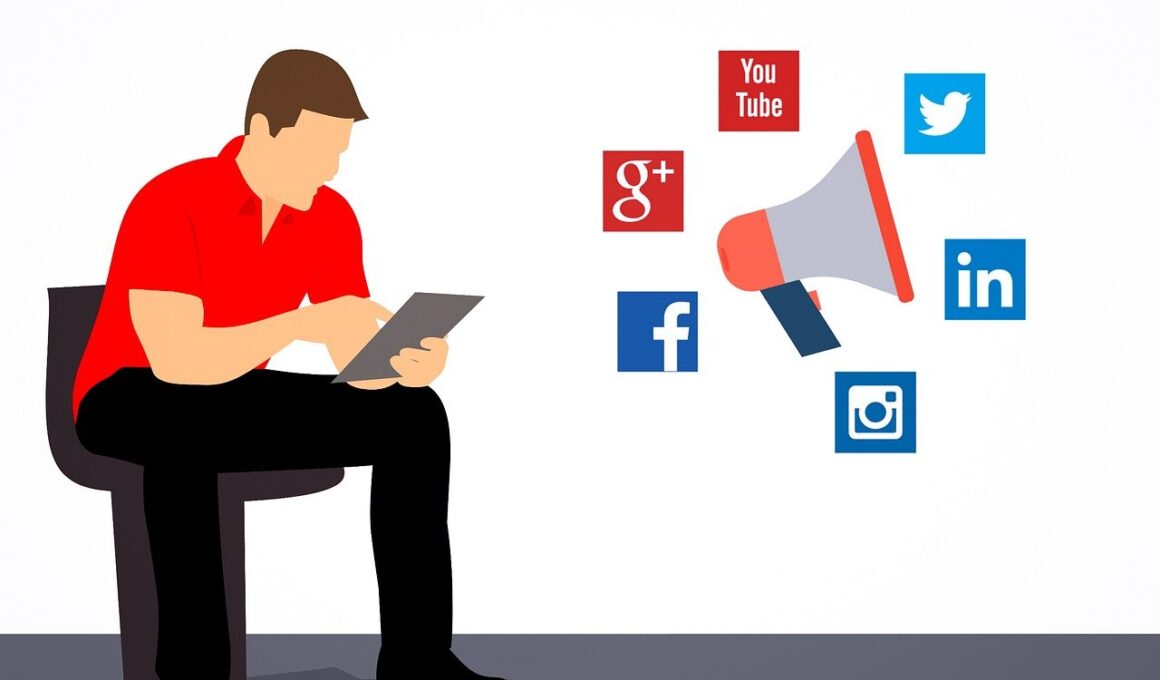Aspect Ratios for Social Media Images: Maximizing Visual Appeal and Clicks
In the ever-evolving landscape of social media, optimizing images is crucial for engagement and visibility. The aspect ratio of an image defines its width-to-height relationship, influencing how it appears across various platforms. Each social media channel has distinct preferences for aspect ratios that enhance user experience and aesthetics. For example, Instagram frequently utilizes a square format (1:1) for posts, while stories support a 9:16 vertical format, maximizing screen space on mobile devices. Understanding these requirements can significantly improve the impact of visual content.
Using the correct aspect ratio ensures that your images display well without awkward cropping, maintaining their intended look. Platforms like Facebook and Twitter prefer landscape layouts, often at 16:9 or 2:1 ratios. This configuration encourages engagement, especially in sharing and scrolling environments. By adhering to these guidelines, marketers can create appealing visuals that blend seamlessly into user feeds. Compelling images capture attention, spark curiosity, and often drive increased click-through rates.
When it comes to advertisements and sponsored content, adhering to the recommended aspect ratios is even more essential. Social media platforms provide specific ratio guidelines for ads, typically favoring 1:1, 4:5, and 16:9 formats. Following these standards leads to better performance while reducing the likelihood of disapprovals during the ad submission process. Moreover, using optimized images helps brands convey messages effectively, fostering positive connections with audiences.
Maintaining quality across various aspect ratios is fundamental. Tools and software are available that allow for flexible resizing without sacrificing clarity or quality. Using these resources, marketers can create multiple versions of an image tailored to each platform’s requirements, ensuring the visuals stay sharp and professional. This practice not only improves overall branding but also enhances the user experience by presenting content as visually appealing and cohesive.
Understanding Platform-Specific Preferences
Each social media platform appeals to different user demographics, influencing preferred visual formats. TikTok, for example, primarily utilizes vertical videos (9:16), reflecting modern consumption patterns. Contrarily, platforms like LinkedIn, which are more professional, tend to utilize traditional landscape formats frequently. Recognizing these disparities can guide marketers in developing compelling content tailored to specific audience expectations, ultimately improving engagement rates.
Experimentation is a vital part of understanding the nuances of aspect ratios. Social media managers can conduct A/B testing by posting the same visual in different formats to analyze user interaction and feedback. This data-driven approach allows for further refinement of image strategies, maximizing visual appeal while adhering to best practices. The insights gained from these tests can inform future campaigns, fostering continuous improvement and enhancing audience connections.
Future Trends in Image Optimization
As technology advances, we may witness changes in the preferred aspect ratios for social media images. With the rise of augmented reality and immersive multimedia experiences, brands must stay adaptable and responsive to evolving standards. Monitoring industry trends and emerging technologies is essential for marketers seeking to maintain relevance in a crowded digital landscape. Platforms might experiment with new ratios or even allow customizable formats that reflect user creativity.
In conclusion, mastering aspect ratios for social media images is fundamental for maximizing engagement and click-through rates. By understanding platform-specific requirements, maintaining image quality, and experimenting with different formats, brands can significantly enhance their social media presence. Optimization not only improves the aesthetic appeal of content but also fosters stronger connections with potential customers. Ultimately, well-optimized images can lead to improved business outcomes and a greater return on investment.


